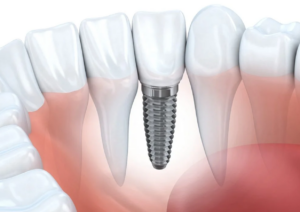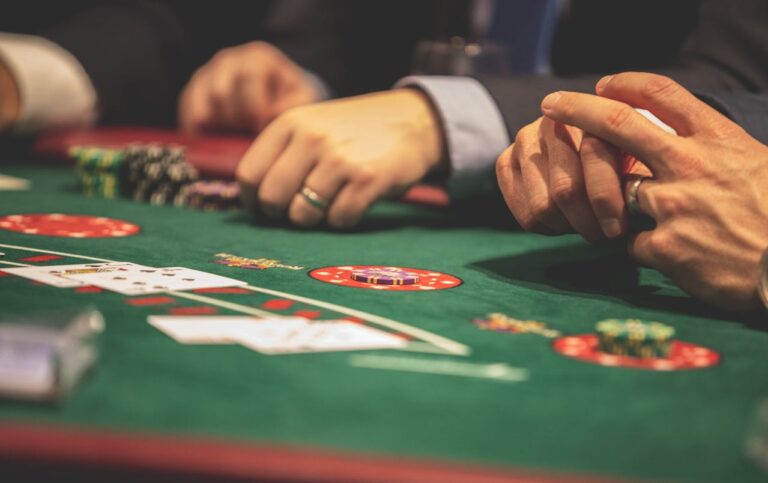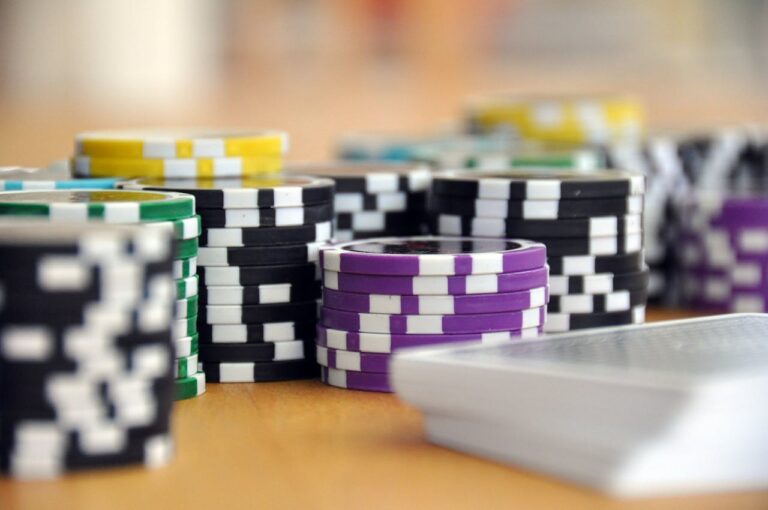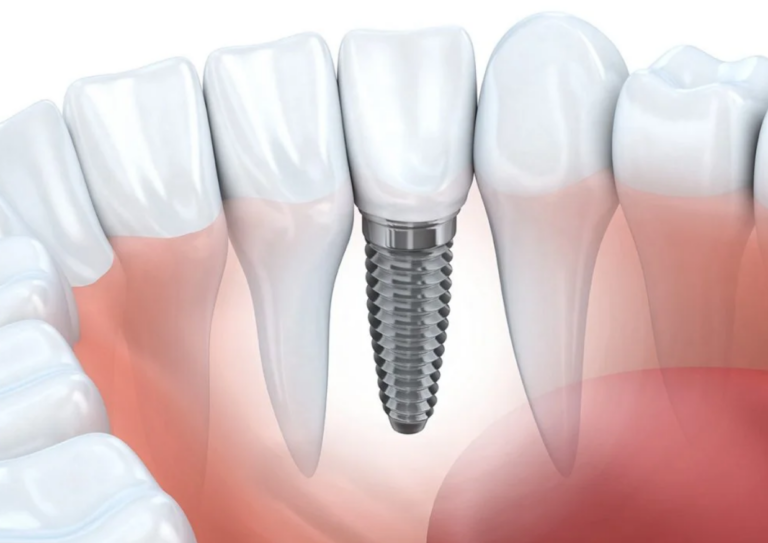In the world of combat sports, wrestling with legs has emerged as a versatile and effective technique that can provide a distinct advantage in various situations. Whether you’re a novice looking to expand your grappling arsenal or an experienced wrestler seeking to refine your skills, this article delves into the intricacies of wrestling with legs. We’ll explore the techniques, strategies, and benefits that make this approach a valuable asset in the realm of combat sports.
Understanding Wrestling with Legs:
Wrestling with legs, often referred to as leg riding, involves using the lower extremities to control and immobilize your opponent. This technique can be executed from various positions, and its effectiveness lies in leveraging the power and flexibility of your legs to secure dominance and set up potential scoring opportunities.
Techniques and Positions:
- Leg Ride: The leg ride technique typically involves the wrestler positioning themselves on top of their opponent. They use their legs to control and immobilize the opponent’s hips and torso, making it difficult for them to escape or counterattack. Variations of the leg ride include the figure-four leg ride and the spiral ride.
- Turk: The Turk is a pinning combination that involves trapping an opponent’s arm and leg on one side while applying pressure on their back. This technique immobilizes the opponent and creates an opportunity for a pin.
- Crab Ride: In the crab ride, the wrestler secures control over their opponent’s hips using their legs. This position provides options for both controlling the opponent and setting up turns for potential back exposure points.
Strategies for Success:
- Control and Pressure: The essence of wrestling with legs lies in establishing control and applying pressure. Focus on maintaining a tight grip with your legs and using your hips to immobilize your opponent’s movement.
- Transitions: Effective leg wrestlers are adept at transitioning between different positions. Practice smoothly moving from a leg ride to a pinning combination or a turn, keeping your opponent off balance.
- Timing and Patience: Patience is key when using leg riding techniques. Wait for the right moment to execute a turn or capitalize on your opponent’s mistakes. Timing your moves strategically can lead to successful outcomes.
- Counterattacks: While wrestling with legs, be prepared for your opponent’s attempts to escape. Anticipate their movements and use your leg control to counter their actions, maintaining your advantage.
Benefits of Wrestling with Legs:
- Control and Domination: Leg riding provides a high level of control over your opponent’s movements and positioning. This control can help you dictate the pace of the match and keep your opponent on the defensive.
- Scoring Opportunities: Leg riding opens up opportunities to earn points through turns and pinning combinations. By effectively using your legs, you can create situations where your opponent’s back is exposed to the mat.
- Physical Conditioning: Wrestling with legs requires a combination of strength, balance, and flexibility. Practicing these techniques enhances your physical conditioning and overall grappling skills.
- Versatility: Leg riding can be applied from various positions, making it a versatile technique suitable for both offensive and defensive situations.
Training and Development:
To excel in wrestling with legs, consider the following training tips:
- Core Strength: Strengthen your core muscles to maintain stability and control while using your legs to immobilize your opponent.
- Flexibility: Work on improving the flexibility of your hips, legs, and ankles. Increased flexibility allows for a wider range of leg control and movement.
- Drilling: Regularly practice leg riding techniques with a partner during training sessions. Focus on fluid transitions and maintaining control.
- Live Situations: Incorporate leg riding into live wrestling situations to practice applying the techniques in a dynamic environment.
Conclusion: Mastering the Art of Wrestling with Legs:
Wrestling with legs is a formidable technique that adds depth to a wrestler’s arsenal. By understanding the techniques, implementing effective strategies, and recognizing the benefits, athletes can harness the power of their lower extremities to gain control, earn points, and outmaneuver opponents. Whether you’re pursuing victory on the mat or aiming to refine your grappling skills, the art of wrestling with legs offers a path to success in the complex world of combat sports.
================================================================================
Beyond the Game: The Evolution and Importance of Basketball Face Shields
In the ever-evolving landscape of sports, innovation frequently intersects with necessity. This is particularly evident in the realm of basketball, where the introduction of face shields has transformed the way athletes protect themselves and compete at their best. From addressing safety concerns to enhancing performance, basketball face shields have become an integral part of the game. In this article, we delve into the evolution, benefits, and impact of basketball face shields on and off the court.
Evolution of Basketball Face Shields:
The use of basketball face shields was initially sparked by a need to protect players from facial injuries. These injuries ranged from accidental collisions to stray elbows and airborne basketballs. Over time, as technology and materials advanced, face shields transitioned from being functional necessities to performance-enhancing gear.
Benefits of Basketball Face Shields:
- Injury Prevention: The primary purpose of basketball face shields is to prevent facial injuries. By providing a protective barrier against unexpected impacts, face shields significantly reduce the risk of broken noses, facial fractures, and other facial injuries.
- Rapid Recovery: In the unfortunate event of a facial injury, face shields offer a vital advantage by allowing players to continue participating while they recover. Players can maintain their conditioning and skill development without jeopardizing their healing process.
- Visual Clarity: Modern face shields are designed with advanced materials that offer optimal visual clarity. This ensures that players can maintain their on-court awareness, react quickly to plays, and make accurate passes and shots.
- Enhanced Confidence: Wearing a face shield can instill players with a sense of security. Knowing that they are protected from potential facial injuries can boost their confidence, allowing them to focus on the game without the distraction of worrying about injury.
Impact on Performance:
Basketball face shields are not only about safety; they also have a notable impact on players’ performance:
- Uninterrupted Play: In the past, facial injuries often meant time off the court for recovery. Face shields now enable players to continue participating and developing their skills, contributing to their overall growth as athletes.
- Improved Focus: Players who wear face shields can maintain their concentration on the game without being preoccupied by the risk of injury. This enhanced focus can lead to better decision-making and execution on the court.
- Confidence Boost: Players who have experienced facial injuries might experience hesitations. With face shields in place, they can regain their confidence, fully committing to plays without worrying about re-injury.
- Adaptation to Adversity: Players adapt to various scenarios, and incorporating a face shield into their equipment repertoire can be a valuable experience. This adaptability can serve them well in high-pressure situations.
Cultural and Societal Implications:
Basketball face shields extend beyond the game, carrying cultural and societal significance:
- Role Models for Safety: By embracing face shields, basketball players serve as role models for aspiring athletes, promoting safety-conscious behavior and advocating for responsible practices in sports.
- Inclusivity and Awareness: Face shields have also become symbolic of inclusion in the sport. Players with various conditions, including recent injuries or medical requirements, can actively participate without compromising their health.
- Shift in Norms: Face shields represent a shift in the norms of sports gear. They underline the importance of evolving technology and equipment to cater to the changing needs of athletes.
Integration into the Sport:
The integration of face shields into basketball is evident in professional leagues, collegiate competitions, and amateur games alike. Leagues and organizations recognize the significance of protecting players, and the use of face shields has become widely accepted and normalized.
Conclusion: Elevating Safety and Performance Through Basketball Face Shields:
Basketball face shields symbolize the fusion of safety and innovation, showcasing how modern technology can seamlessly integrate into the sports world. These shields go beyond mere protection; they boost performance, confidence, and inclusivity, contributing to a positive shift in sports culture. By emphasizing both safety and performance, basketball face shields have become an essential asset, ensuring that players can give their best while staying safe on the court. As the game continues to evolve, basketball face shields will undoubtedly remain a vital component of the sport’s landscape, enriching the experience for players and fans alike.
















